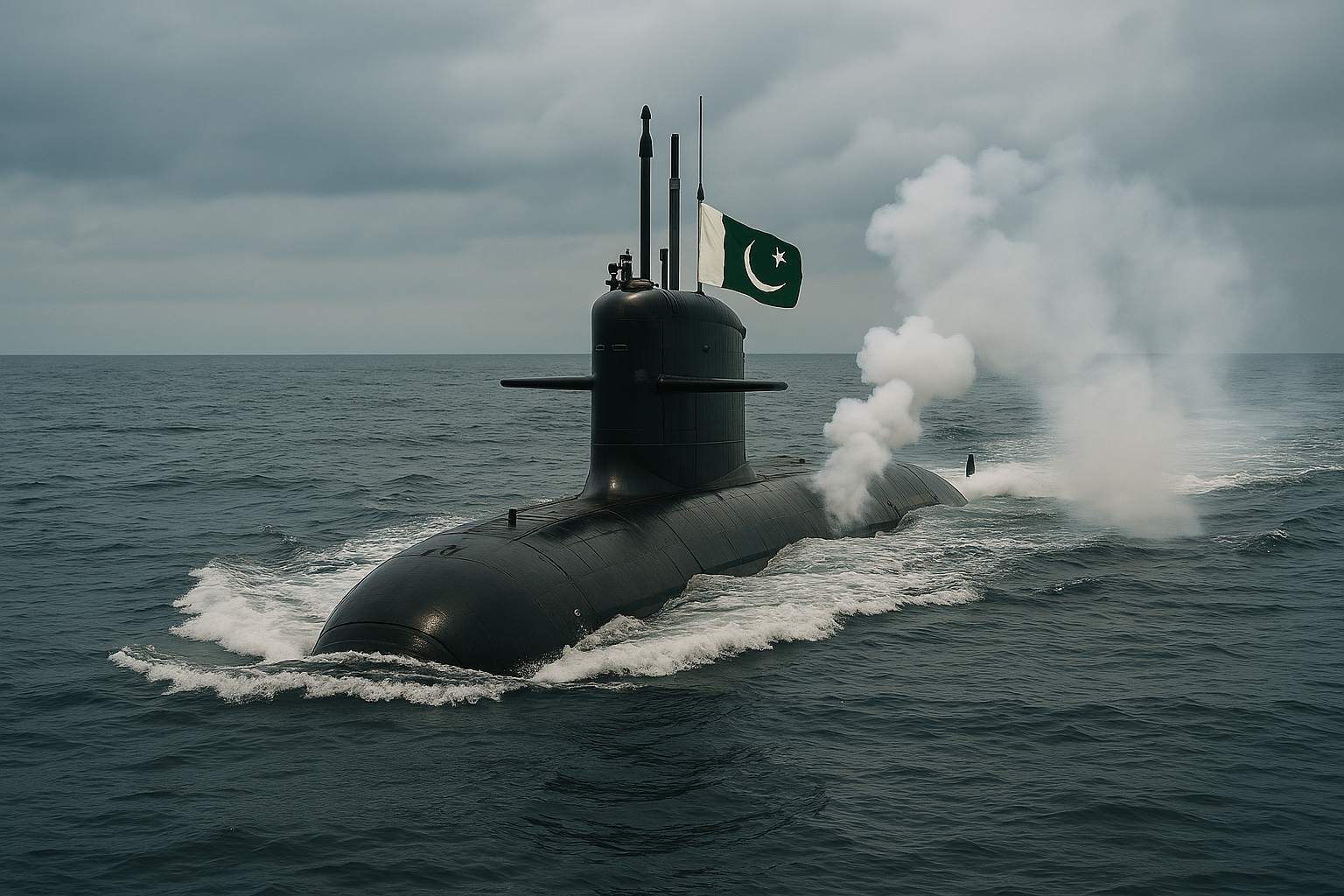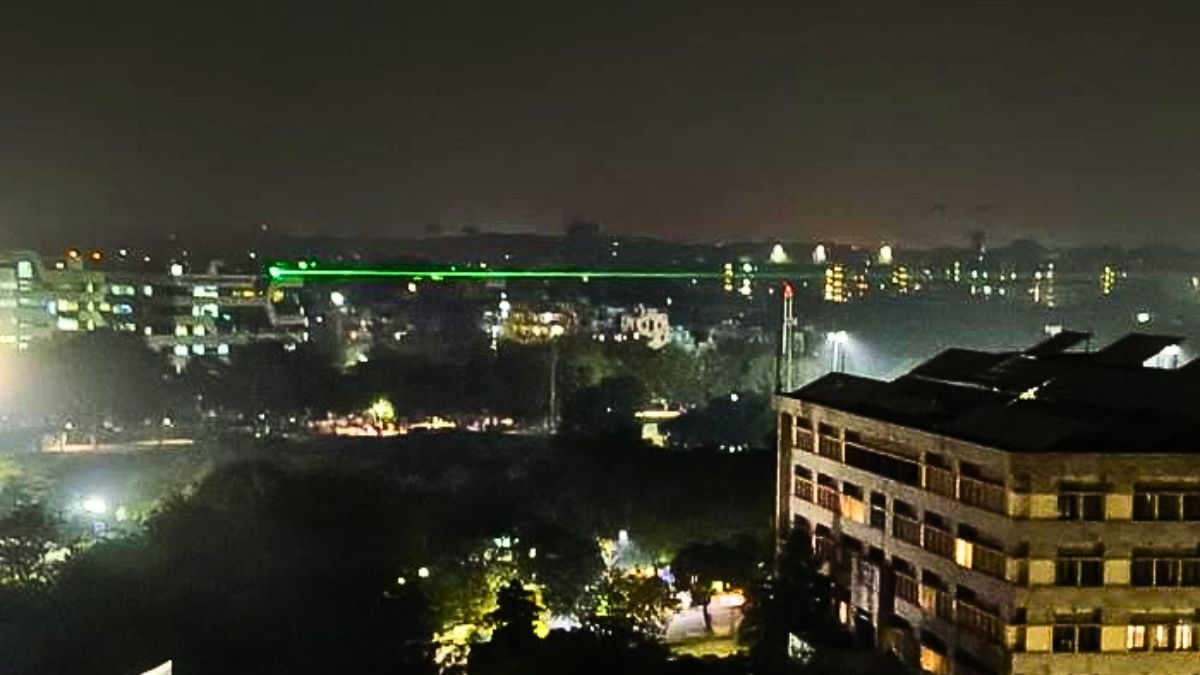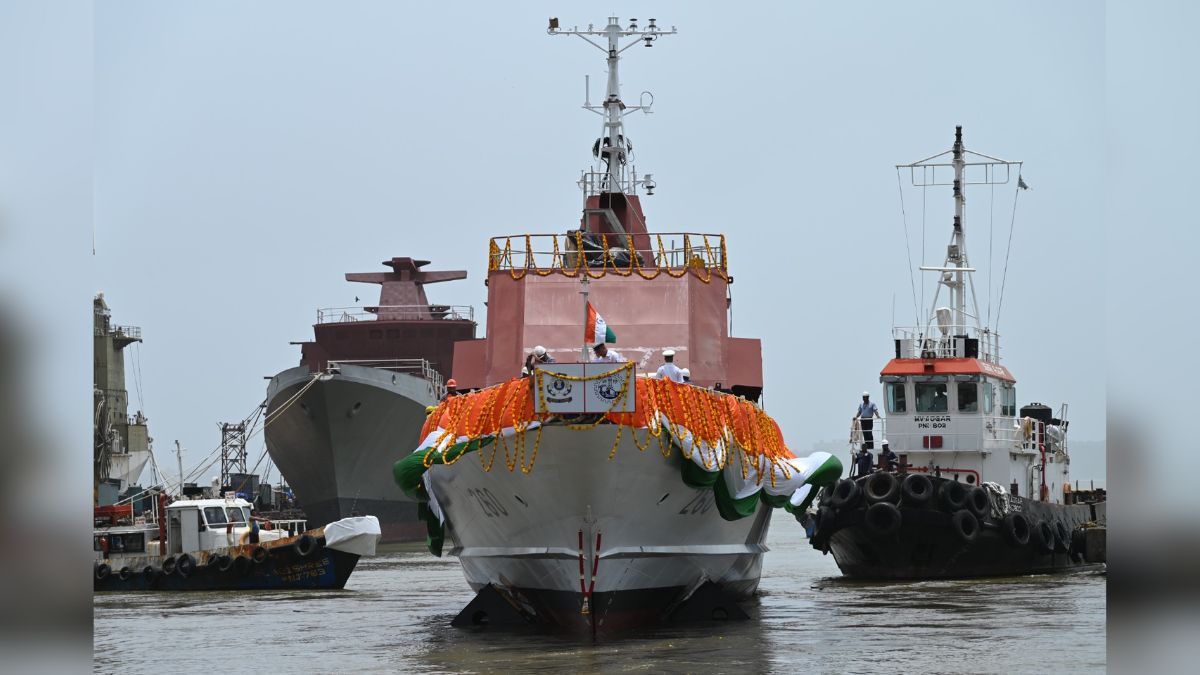Not Underwater, But Sunk: Op Sindoor Exposes Pakistan’s Bust Submarine Capabilities

Operation Sindoor not only marked a decisive military and strategic victory for India but also exposed the gaps within Pakistan’s security apparatus due to the inefficiency of its Chinese-supplied weapon systems.
With nearly 82% of Pakistan’s defence imports originating from China, the conflict was a tailor-made scenario for checking out the efficacy of Chinese technology against Indian systems, which are a combination of indigenous and Western technology. Needless to say, the Chinese military hardware failed the litmus test.
Reports indicate that other Chinese systems-ranging, from PL-15 air-to-air missiles to J-10C fighter jets and even naval frigates, underperformed or malfunctioned, leaving Pakistani defences a sitting duck to India’s offensive. The inability of Chinese weapons to perform effectively under combat conditions bodes well for India. The worst hit is Pakistan’s Navy.
Recent satellite images indicate that only two of Pakistan’s five Agosta-class submarines (one Agosta-70 and one Agosta-90B) remain operational, with the remaining three docked for extended maintenance at Karachi Shipyard. Critical repairs and structural upgrades, assisted by Turkey, face repeated delays due to supply-chain disruptions.
Meanwhile, the next-generation Hangor-class submarines, which are crucial for modernising Pakistan’s fleet, also face uncertainty. Construction on the first two units—PNS Hangor and Shushuk—continues in China, with delivery scheduled for late 2025 and 2026, respectively. The local assembly of subsequent units at Karachi Shipyard faces budgetary and liquidity constraints, significantly impacting the timely induction.
The slow construction pace of the fifth and sixth Hangor submarines at Karachi, which was started in late 2024, will most likely be completed no earlier than 2030. The PNS Hurmat, an Agosta 70-type submarine, has problems with its engine and Electronic Warfare Support Measures system. The PNS Saad, an Agosta 90B submarine, is in dry dock, being refitted from April and will be out of action for three years. STM, a Turkish firm, is undertaking the refit, and it will take at least three years to complete the upgrades for the use of Sea Hake torpedoes and the Babur 3 submarine-launched cruise missile.
STM Turkey is refitting the PNS Khalid, the other Agosta 90B submarine, but there are considerable delays here, too. China has not delivered eight submarines. The PNS Khaibar, one of two guided-missile destroyers, has problems, while two of the four Chinese-designed frigates — the PNS Saif and the PNS Zulfiqar — have limited air-defence capability. The Zulfiqar also has a radar problem, as does the smaller PNS Azmat, the fast-attack missile boat. The Jurat, another missile boat, has problems with its electronic warfare support measures system.
Overall, there is a shortage of spares, another serious problem. In fact, the Zulfiquar-class frigates, built based on 1980s Chinese designs, are ageing and lack modern technology. Over 75 percent of Pakistan’s defence imports between 2018 and 2022 came from China, including nearly all new frigates, submarines, and missile systems.
The fleet’s ongoing refits and repairs heavily depend on Chinese (Type 054A/P frigates, Hangor-class submarines) and Turkish (MILGEM corvettes, Jinnah-class frigates) technology and expertise. However, the Pakistan Navy faces a significant shortage of modern frigates and submarines, which limits its operational capabilities and leaves it vulnerable.
India, in comparison, is better placed with three new Scorpene submarines and three more to follow, plus four German-made HDW and eight older Russian Kilo-class submarines. This is apart from the nuclear submarines in the fleet.
If we look at the impact of the Atma Nirbhar Bharat campaign on the Indian Navy only, we can see that numerous indigenously built weapon platforms have strengthened its arms. Be it the indigenously built aircraft carrier INS Vikrant, nuclear-powered ballistic missile submarines (SSBNs) INS Arihant and INS Arighat, or destroyers of Visakhapatnam-class (P-15B) and Kolkata-class (P-15A).
In addition, India is acquiring additional nuclear-powered attack submarines through Project 77. Project 75 (I) (also known as P-75I) is an Indian Navy initiative to build six advanced, conventional diesel-electric attack submarines, including fuel-cell-based Air Independent Propulsion (AIP). The project aims to bolster India’s naval capabilities, enhance indigenous submarine manufacturing, and reduce reliance on imports.
The Indian Navy will also induct nine to 10 warships between June and December 2025, significantly expanding its fleet. The first of these—the Anti-Submarine Warfare Shallow-Water Craft (ASW-SWC) Arnala—is scheduled for commissioning on June 18 at the Naval Dockyard in Visakhapatnam.
This would significantly bolster India’s naval fleet, and most of the ships to be commissioned have been made indigenously, making Pakistan’s naval prowess redundant. The outcome of a full-scale battle between the Indian and Pakistani Navy doesn’t need a second guess.







